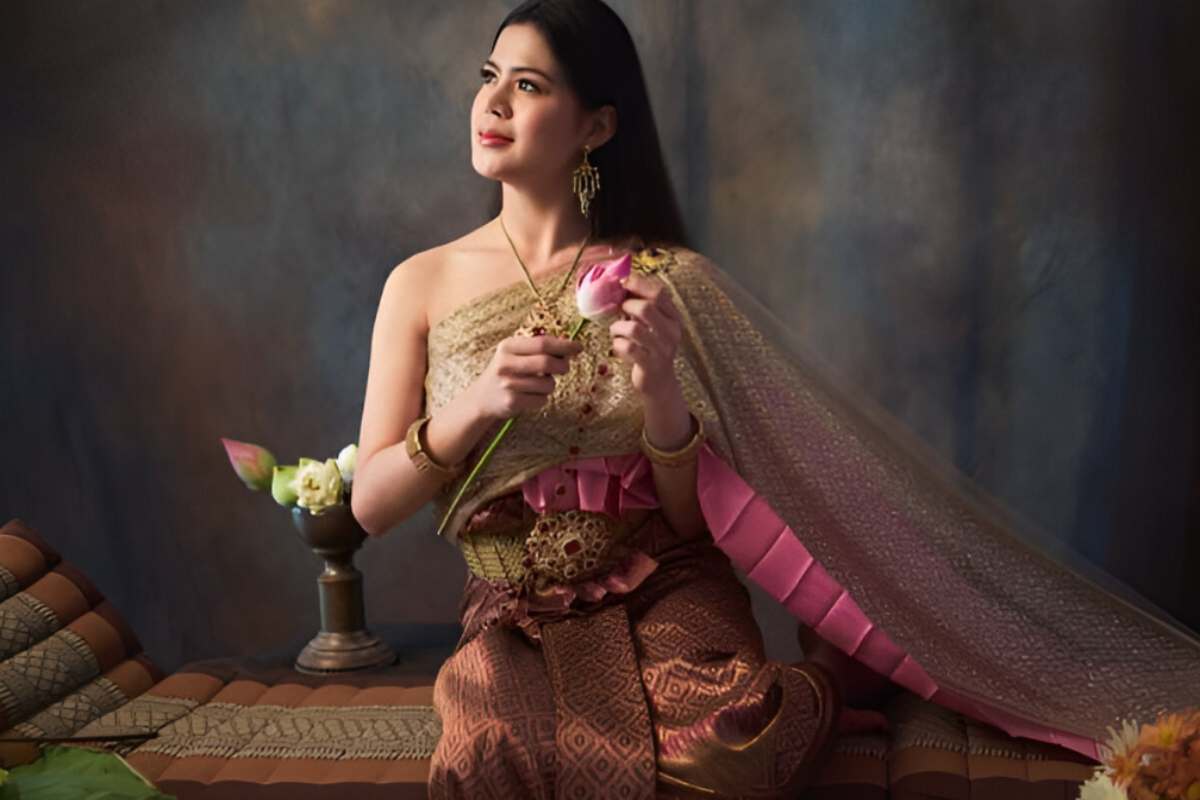The saree is one of the most timeless and graceful traditional outfits for women in India. Worn for centuries, it is more than attire—it is a symbol of culture, tradition, and elegance. A saree combines heritage and style. It’s perfect for festivals, weddings, and special occasions. With its diverse fabrics, colors, draping styles, and intricate designs, the traditional saree continues to hold a special place in every woman’s wardrobe, representing both femininity and cultural pride.
Table of Contents
Best Traditional Saree for Women
History of Saree
The saree dates back to ancient times. People in the Indus Valley Civilization wore it. Queens and goddesses wore sarees in sculptures. Sarees symbolize dignity and feminine power.
Saree as Tradition
Every state has a unique saree style. Banarasi sarees are rich and luxurious. Kanjivaram sarees represent South Indian tradition. Bandhani sarees showcase Rajasthan’s tie-dye art. Chikankari sarees reflect Lucknow’s hand embroidery. Each saree narrates its own heritage.
Types of Traditional Sarees
Banarasi saree shines with zari work. Kanjivaram saree has bold woven patterns. Paithani saree uses golden silk threads. Patola saree is handwoven double ikat. Kasavu saree is Kerala’s white-gold beauty. Sambalpuri saree carries Odisha’s ikat style. Bandhani saree is colorful with dots. Chanderi saree is light and glossy. Baluchari saree depicts mythological tales. The Pochampally saree displays a geometric ikat design.
Saree Fabrics
Cotton Saree – Light, breathable, and perfect for summer.
Silk Saree – Luxurious, shiny, and ideal for weddings.
Georgette Saree – Flowing, soft, and easy to drape.
Chiffon Saree – Lightweight, sheer, and elegant for parties.
Crepe Saree – Smooth, wrinkle-free, and modern in look.
Banarasi Silk Saree – Rich weave, golden zari, and bridal favorite.
Kanjivaram Saree – Heavy silk, bold borders, and South Indian pride.
Tussar Silk Saree – Natural texture, earthy tones, and classy appeal.
Linen Saree – Soft, cool, and comfortable for daily wear.
Organza Saree – Stiff, glossy, and festive in appearance.
Satin Saree – Smooth, shiny, and perfect for evening events.
Velvet Saree – Heavy, royal, and suitable for winter weddings.
Khadi Saree – Handwoven, eco-friendly, and embodying timeless elegance.
Sarees in Festivals
Women wear sarees for Diwali celebrations. Durga Puja highlights red-and-white Bengali sarees. Karva Chauth showcases silk and georgette sarees. Pongal celebrates with Kanjivaram silk sarees. Sarees mark every cultural festivity.
Sarees in Weddings
Brides choose rich silk sarees. Banarasi is famous in North India. Kanjivaram is popular in Tamil weddings. Paithani is common among Maharashtrian brides. A red saree symbolizes prosperity and love. Gold work makes sarees look divine.
Saree Draping Styles
Nivi drape is the most common style. Bengali drape has wide pleats. Gujarati drape shows the pallu in front. Maharashtrian drape looks like a dhoti. Tamil drape is a traditional nine yards. Each drape shows a cultural difference.
Saree as Modern Fashion
Designers reinvent sarees with experiments. Pre-stitched sarees make draping easy. Fusion sarees blend gowns with sarees. Bollywood promotes sarees on the red carpet. Young women adopt trendy saree looks.
Occasions to Wear Traditional Sarees for Women
-
Sarees are perfect for weddings.
-
Festivals shine brighter with saris.
-
Sarees add grace to family functions.
-
Religious ceremonies often demand sarees
-
Sarees suit traditional cultural events.
-
Office parties welcome elegant sarees
-
Sarees bring charm to engagement functions.
-
Sarees enhance beauty on anniversaries.
-
Farewell parties look graceful in sarees.
-
Sarees make birthdays more special.
Saree Accessories
Bindi completes the saree’s appearance. Gold jewelry enhances the bridal saree. Bangles add a festive touch. Clutch bags pair with party sarees. Heels or juttis finish the outfit.
Saree Care
Silk sarees need dry cleaning. Cotton sarees need gentle washing. Store sarees in cotton covers. Keep them away from moisture. Proper care preserves the fabric for years.
How to Choose the Right Traditional Saree for Women
-
Choose fabric based on the season.
-
Cotton suits hot summers best.
-
Silk works well for weddings.
-
Light chiffon is easy to carry.
-
Pick colors that match your skin tone.
-
Bright shades suit festive occasions.
-
Pastel colors look elegant for parties.
-
Consider the event before selecting a saree.
-
Heavy zari suits for grand functions.
-
Simple prints are good for daily wear.
-
Select a draping style that flatters your body type.
-
Tall women look great in bold borders.
-
Petite women prefer light fabrics.
-
Check comfort before finalizing the saree.
-
Always match the blouse design with the saree.
-
Right accessories enhance the look.
Saree on the global stage.
Indian sarees appear in fashion weeks. Celebrities wear sarees in various countries around the world. They represent India’s cultural identity. Foreign women admire saree elegance.
Importance of Traditional Saree
-
Saree represents Indian identity worldwide.
-
It preserves regional weaving traditions.
-
People wear sarees on festivals and rituals.
-
It enhances women’s elegance in a way that feels effortless.
-
Saree reflects respect and sophistication.
-
It connects generations through fashion.
-
Saree showcases the artistry of handloom weavers.
-
It is versatile for daily and festive wear.
-
Saree reflects timeless feminine strength.
-
It honors cultural diversity throughout India.

